Reading a section of rail
If you look at a section of track along a rail line, you’ll see various markings and some lettering. I am sure most people think nothing of it, after this is a pretty boring and uninteresting subject. On closer examination however, these can tell us a lot about who made the rail and when, right down to the month.
We’ll show two examples, but we’ll use the first to show you how to decipher the “code”. This section is a rather old piece of track which was found along a grain elevator siding. Both this track and building are long gone.
The data here tells us the rail was “rolled” (in the steel mill vernacular) by a company called Algoma Steel. It weighs 80lbs per yards and was made in 1908; June of that year in fact.
Let’s look at this closer.
The maker, Algoma Steel, is located in Sault Ste. Marie, Ontario and started making tracks for railways in 1902. They continued to do so until the 1990s, when they abandoned the market due to low demand and fierce competition from foreign mills.
In addition to this company there was one other rail producer in Canada, Sydney Steel in (where else) Sydney Nova Scotia. An interesting footnote, the CPR seemed to favour Algoma while competitor CNR seemed to do the same for Sydney, although rails from each maker could be found along either line. Sydney closed in the early part of this century and now tracks are entirely sourced from outside Canada, mostly from Japan and the US based on my field observations
The rail tells us that this section weighs 80lbs per yard. At the time it was rolled, this would have made it a fairly standard sized rail. Later, as trains became became heavier this track would have been pulled up and relaid on branch lines and the like, where things moved slower and the tonnage carried was lighter.
In the modern era, a track of this weight would be considered very light and would be only found on old forgotten sidings or little used industrial tracks. This pattern of relaying the rail is common and as it was worn or became unsuitable for the overall tonnage being carried, it would be progressively downgraded to sidings, branch lines and industrial spurs before being scrapped (if ever).
Today, most main lines are laid with rail that weighs in the 132-136lb per yard range (you’ll notice railways have yet to switch to metric). Even newer lighter duty lines are laid with rail weighting nothing less than 100lbs per yard. The lightest I have seen in the wild was 60lbs per yard, along a grain elevator spur.
Now the date. It may seem that a section of track from 1908 is too old to be of use, but depending on many factors they can easily last a hundred years or more. It’s fairly common to see old ones actually. Railways are always frugal and tend to get good use out their infrastructure.
The oldest tracks I have seen in use would have been from the 1890s, although I did see a section from 1875 at an old mine – it was not being used as track however, but rather as a steel support for some piece of machinery. Rail, when completely worn out, if that ever happens, often gets re-purposed this way. Based upon my field observations, examples from 1905-1930 seem to be the most common old ones and this makes sense since that was the time of the great railway building boom, when demand was highest. The slash marks tell us the month the rail was made, in this case it was June.
On more modern rails, and even some of the older ones, you may see additional lettering and marks, and these may tell us many things. For example, what form of casting was used, the rail’s specific profile and a whole plethora of other customizations. These are beyond the scope of this article,
Rails from this era were made in 39ft lengths (earlier I had mistakenly stated 40ft) and simply bolted together. This length was about the largest size that could be managed with the equipment of the time. It’s these short sections that gave us the familiar clickity-clack sounds so associated with passing trains.
Today, rails are rolled in longer lengths and then welded together with very few mechanical joints. This offers a number of advantages, the most noteworthy being the cost of maintenance, which is lessened as there is nothing to work loose. In the old days, there would be two joints per 39ft (offset slightly) and every single bolt (typically six per joint) would have to be checked and retightened periodically – the frequency of which depended on the overall tonnage the line carried, along with the speed of the trains that used it – so more often on a busy mainline, much less so on a sleepy branch.
I believe the first shot was taken along the CPR Lomond branch (exact town unsure) , while on an oilfield hotshot run, some time in 1997. This line was abandoned a few years later and the rail pulled up.
If you are reading the rails, do so from a distance from public property. A zoom lens comes in handy here. Do not trespass.
To see some other railway themed posts, go here…
CPR Bassano Station.
Hanna roundhouse and turntable.
North Vancouver waterfront trains – 1989.
If you wish more information on this subject, by all means contact us!
Date: 1990s.
Location: SOMEWHERE along the CPR Lomond branch, and Blairmore AB.
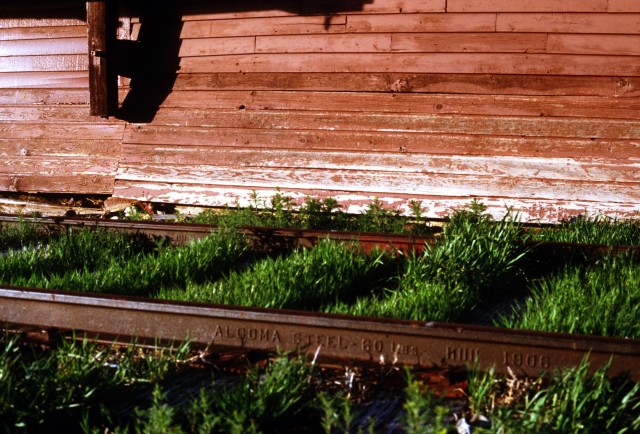
These marks tell us who made the rail and when, right down to the month.
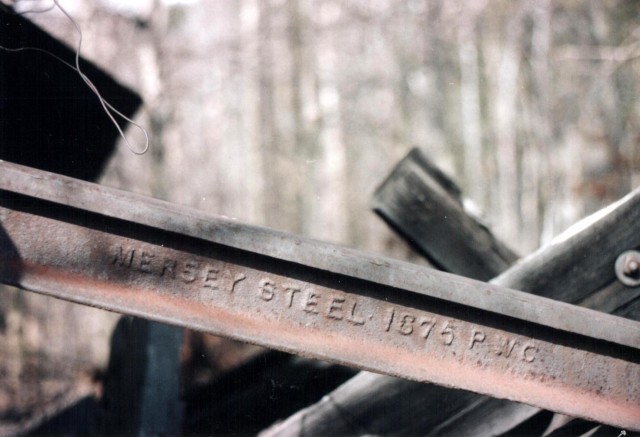
This is the oldest rail we’ve found, at an abandoned mine site in Blairmore AB.

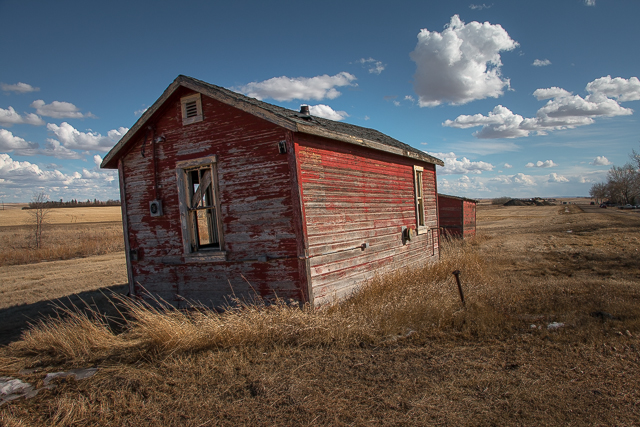
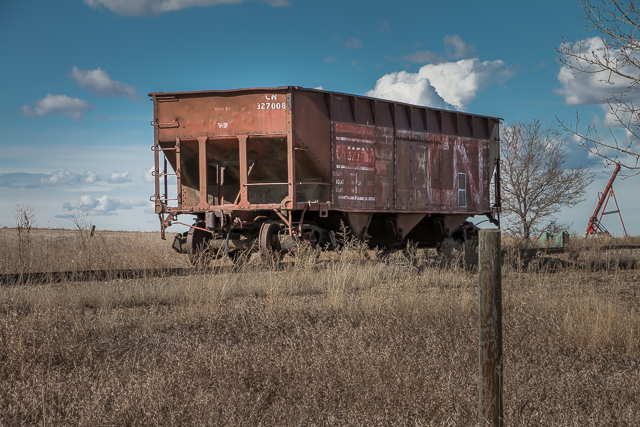
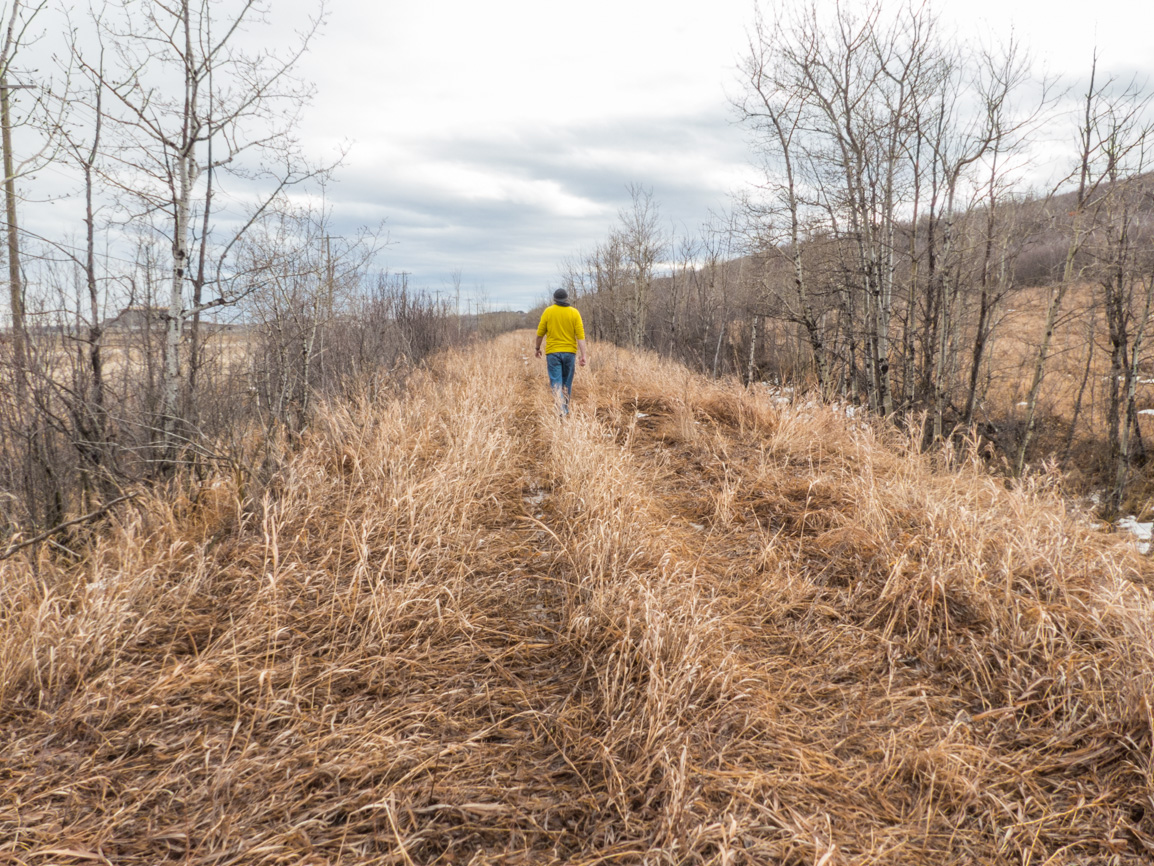
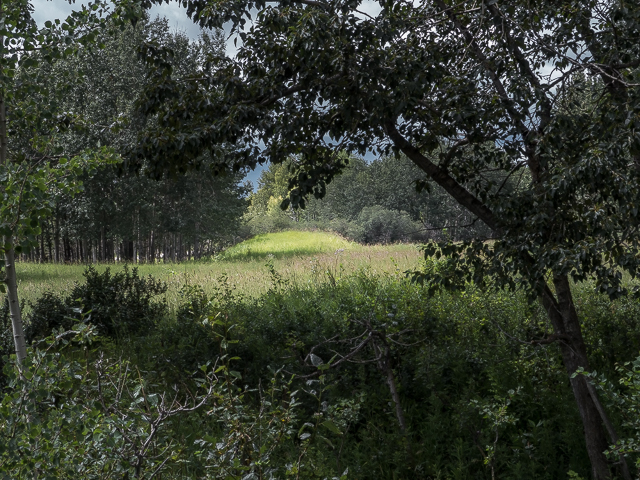
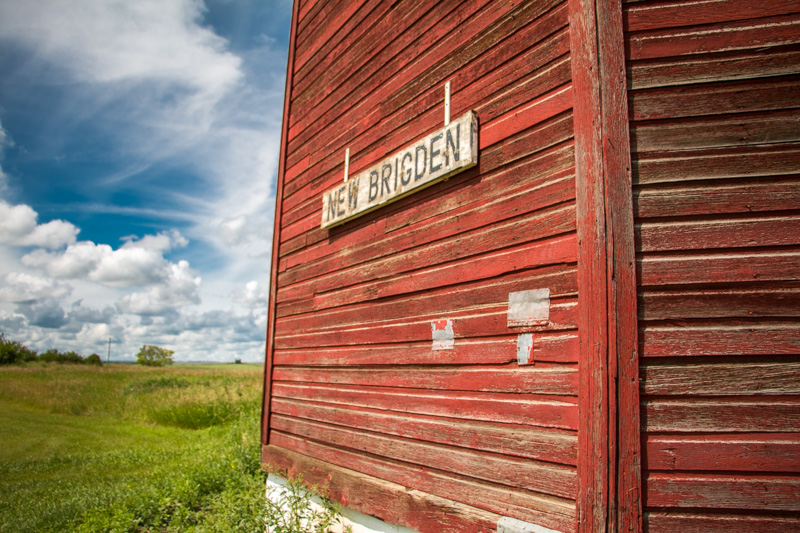
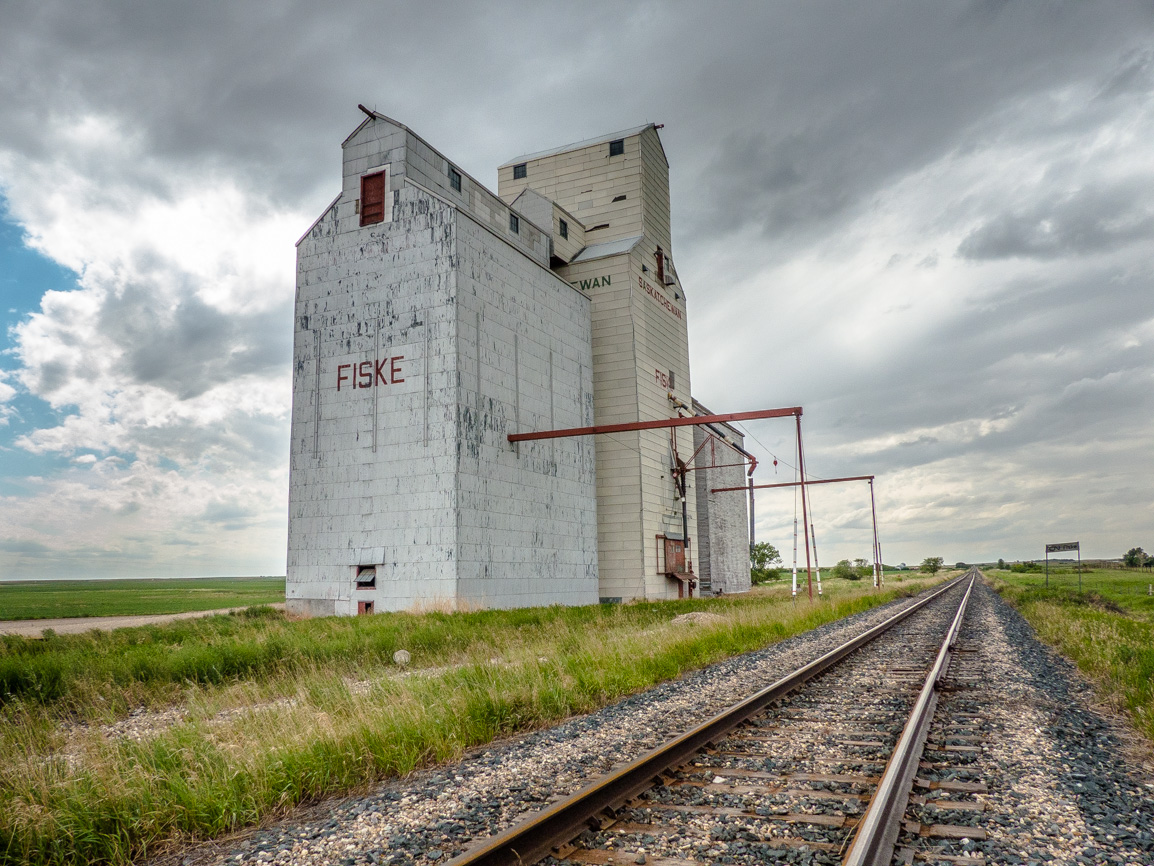
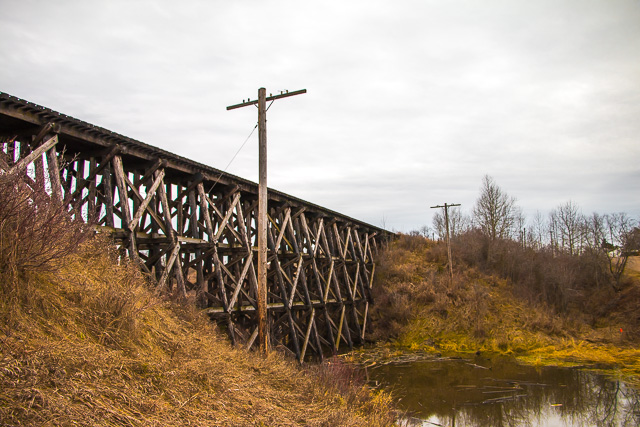
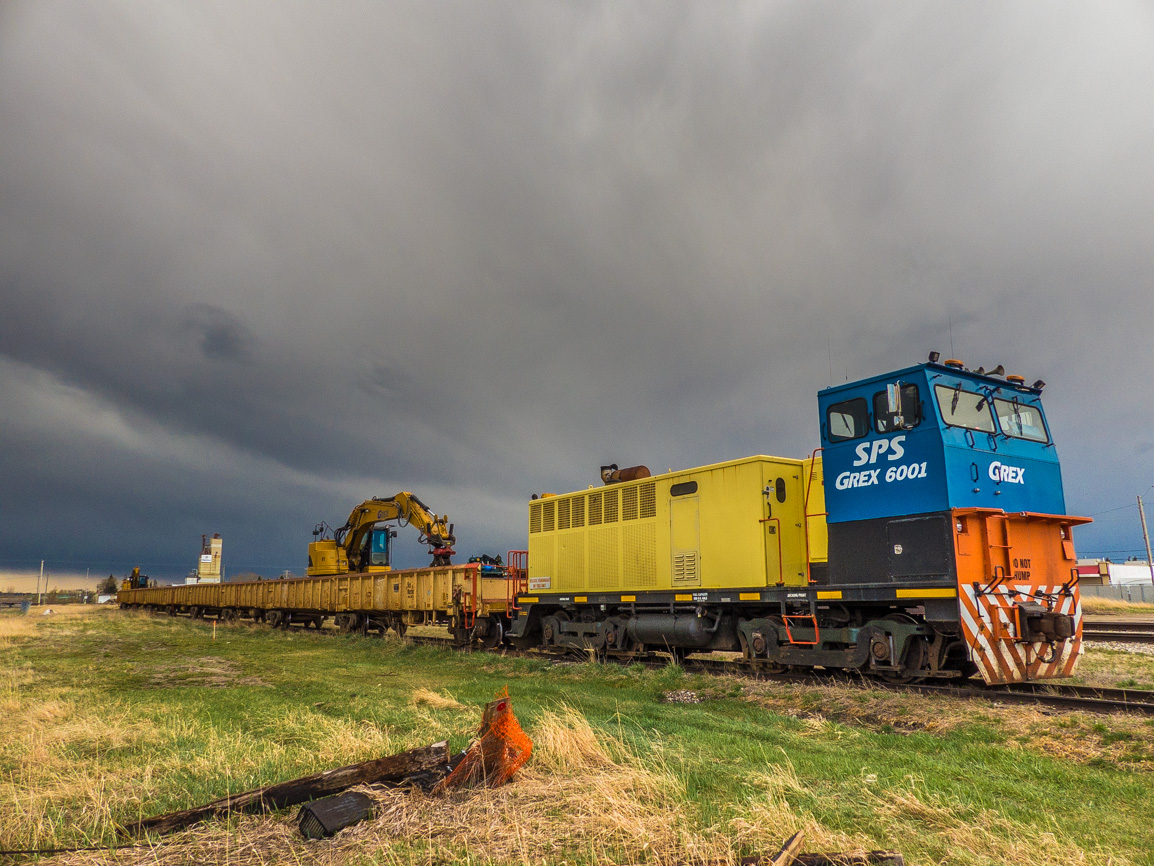
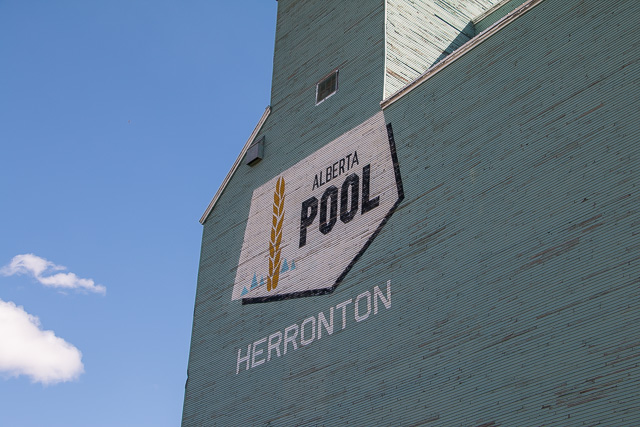
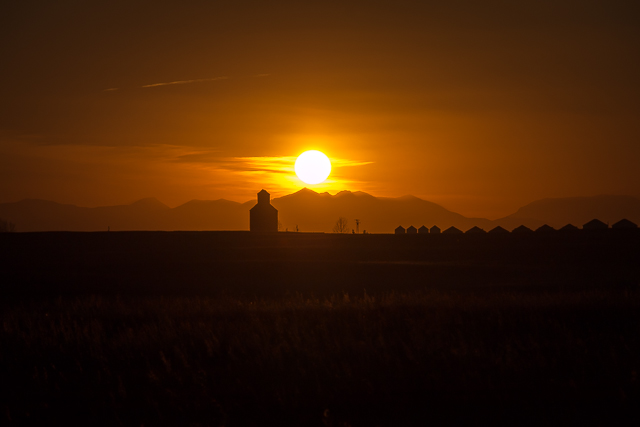
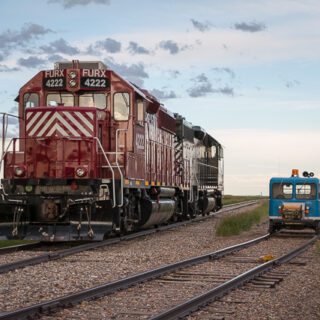
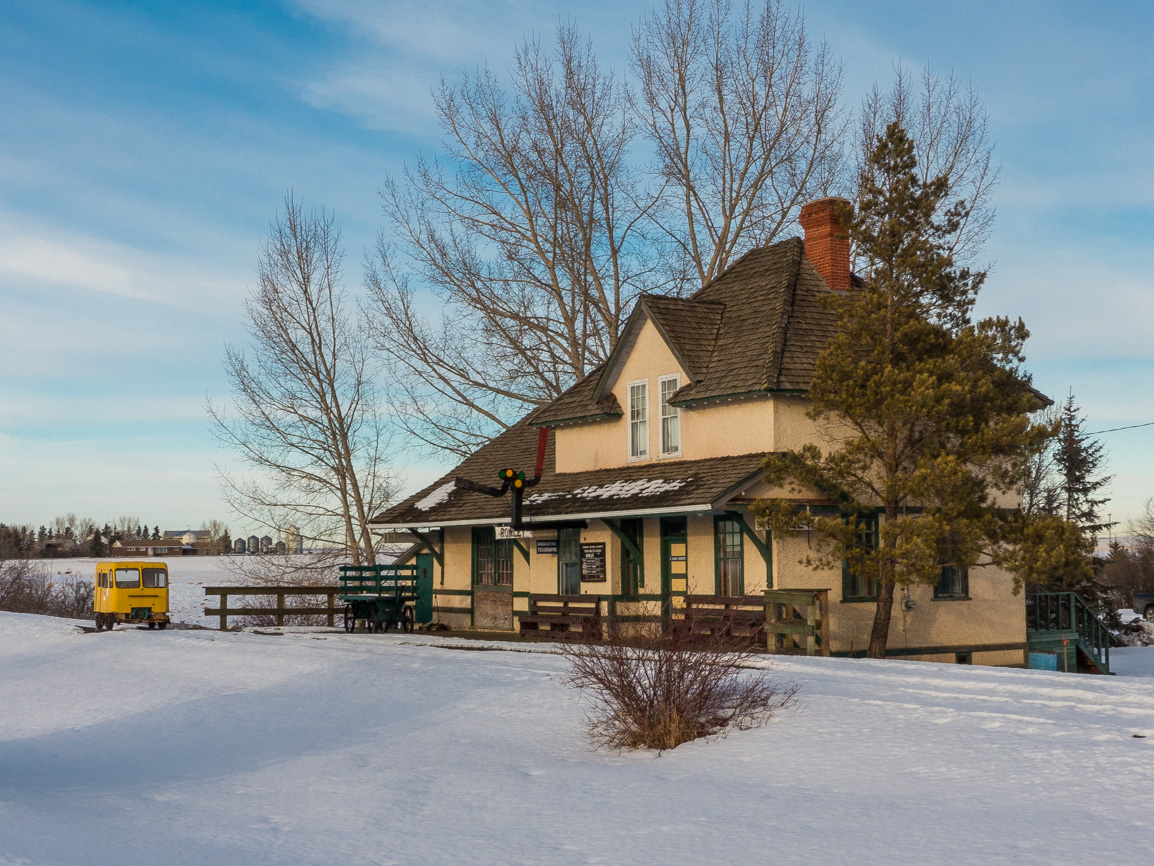
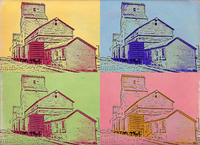





Got a piece of Cambria rail from 1878.
Just a tad newer than the oldest we’ve seen. Cool!
Love your site. One little detail: Rails for standard use in Canada were always manufactured in 39 foot lengths. The old-time section foreman had all sorts of tricks for establishing proper track gauging, curvature, etc. just by dint of the rails being a standard 39 foot length.
You are indeed correct and I am not sure why I stated the wrong length. I’ve fixed the article. Thanks for dropping by!